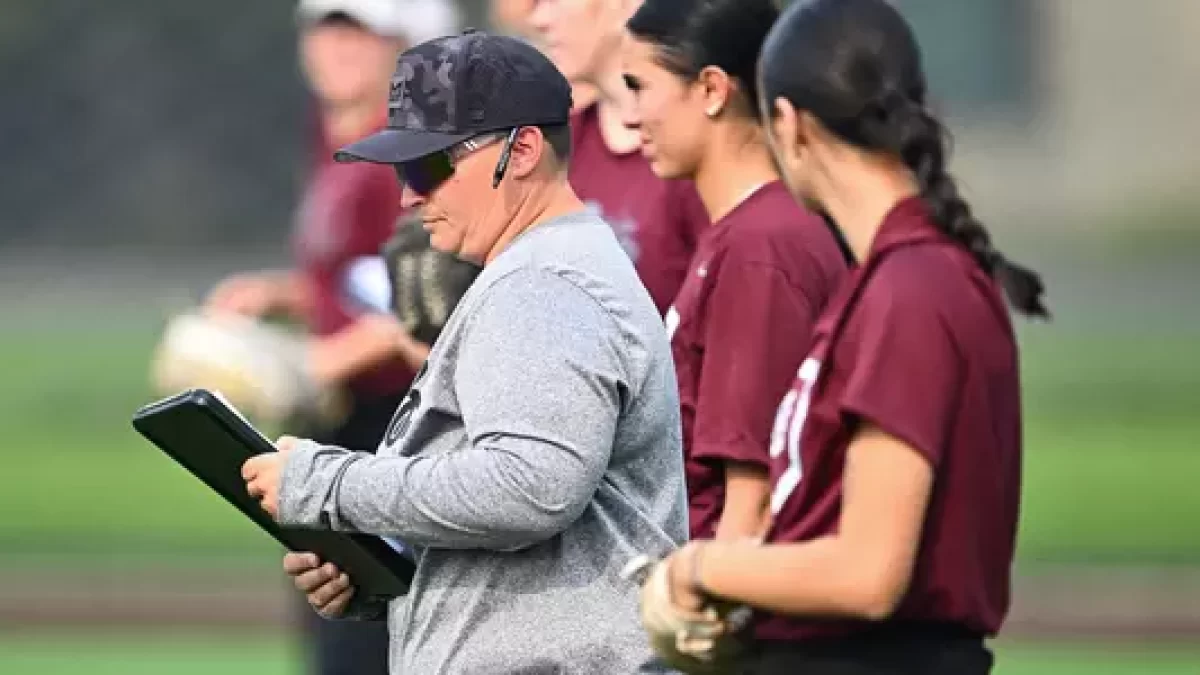Texas Coach Mike White picked up his 500th career victory with a 1-0 win over Michigan. White is in his second year coaching the Longhorns after nine season at Oregon.
Author: admin
Charleston’s Kalafatis Gets Career Coaching Win 1,000
College of Charleston Coach Linda Kalafatis earned her 1,000th career victory Saturday in a 1-0 win over Appalachian State at the Charleston Invitational. Kalafatis is in her 31st year coaching which includes stops at Ohio State, California-Pennsylvania, Akron, and currently with the Cougars.
Longtime NMSU Coach Rudolph Earns 700th Coaching Victory
New Mexico State Coach Kathy Rodolph is in her 16th year with the Aggies and achieved her 700th career win today in a 12-1 victory over IUPUI. Rodolph is the all-time winningest coach in any sport at NMSU.
LSU Coach Beth Torina Gets 500th Career Coaching Victory
LSU Coach Beth Torina has scored her 500th career victory in a 12-0 win over Sam Houston State at the Purple & Gold Challenge in Baton Rouge. 371 of those victories have come in her ninth season leading the Tigers, while the other 129 came in four seasons at Florida International.
San Jose State Coach Pete Turner Gets Coaching Win 400
San Jose State Coach Pete Turner captured his 400th career coaching in an 8-0 home victory over Canisius. Turner is the winningest coach in Spartan Softball history having joined the program in 2007.
Central Arkansas Coach Kuhn Grabs 700th Career Coaching Victory
Central Arkansas Coach David Kuhn collected his 700th career win Sunday against South Dakota 3-0 at The Spring Games in Madeira Beach. Kuhn is in his 12th season coaching the Bears after spending 10 seasons at Delta State.
UAH’s Stuedeman Earns 1100th Career Coaching Victory
University of Alabama-Huntsville Coach Les Stuedeman earned her 1100th career victory in a 7-5 Gulf Coast Conference win over Delta State this weekend. Stuedeman, a 2014 NFCA Hall of Fame Inductee, is in her 25th season coaching the Chargers.
Baylor Coach Glenn Moore Collects 900th Victory
Baylor Coach Glenn Moore collected his 900th career win Friday in a 10-2 win over Grand Canyon at the Getterman Classic in Waco. Moore is in his 20th season as Head Coach of the Bears.
FAMU Coach Wiggins Announces Retirement
Longtime Florida A&M Coach Veronica Wiggins has indicated she will retire at the completion of the 2020 season. Wiggins is in her 31st year with the Lady Rattlers. During her time she has collected 13 MEAC Championships and made the NCAA Postseason 11 times.
FSU Coach Alameda Notches Win 700
Florida State Coach Lonnie Alameda picked up her 700th career victory today with a 12-0 win over Detroit Mercy in Tallahassee. Alameda spent 157 of those victories at UNLV before arriving at FSU in 2009 to collect the rest and a National Championship in 2018.
